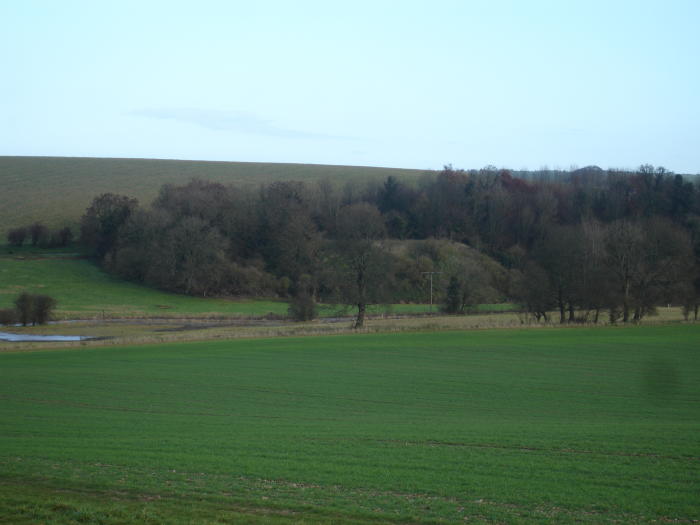A Poem addressed to the destructive process of the new road being built through Tara’s historic landscape. Sacred to prehistory and to the history of Ireland, for this a few protestors will go to prison, people will write letters in vain to newspapers, and politicians will procrastinate and write their lies...... it is wise to remember that progress has a heavy boot to wield and often hasty and ill-concieved laws to underwrite the handiwork of the bully and developer...... the poem is taken from the Save Tara site.
Song to Progress
no swan , no snail must stop this dash
to tear around with wads of cash
and get at speed from A to B
and not to Dawdle pointlessly
So – move Along ! – wont it be Grand !
when Ireland’s just like Legoland
my work will only be Complete
when Boyne to Liffey’s all Concrete
and Shoefayre stands where Fianna fell
and Leisureworld – and Next as well
IKEA – if we’re really lucky
and drive-in Chicken from Kentucky
THIS is what we want to see
not grass and trees and history
but modern stuff – and this and that
and things on which we can put VAT
and if you want to get more slim
why walk ? – just buy a Multigym
When we’re encased in cans of steel
both hands attached to steering wheel
and eyes fixed on the road ahead -
we may as well be effing Dead
this stretch of road – built over bones
is one of many thousand clones
did we just pass the Lia Fail ...?
it could be anywhere at all
just sit like this an hour or two
as if you’ve nothing else to do
and work and work all day and then
stay sober and drive back again
a quarter million cars a day
is JUst what Dublin needs I say !
aMAZing what they get to pay
to park the things – we’re making hay !
cos there’ll be car parks to be built
and lots of pockets to be filled
there’ll be no end to means and ends
cos its so nice to have good friends
there is a railway – but you see
it closed in nineteen sixty three
it could be opened up again
but that somehow doesnt seem to happen
Mad Suibhne sitting in his tree
is keeping feathered company
he watches as the human race
is drifting loose from sense of place
and capsulated in a car
of who and where and what we are
so every weekday without fail
we slave to buy a better jail
or hang on to the one we have
by hook and crook and tooth and nail
and so far is now the space
and so far have we come apart
we even think to cut the Heart
“Progress”
?
though feathered Suibhne looks absurd
he doubts if it’s the proper word
marcellavee 1/08/07


























